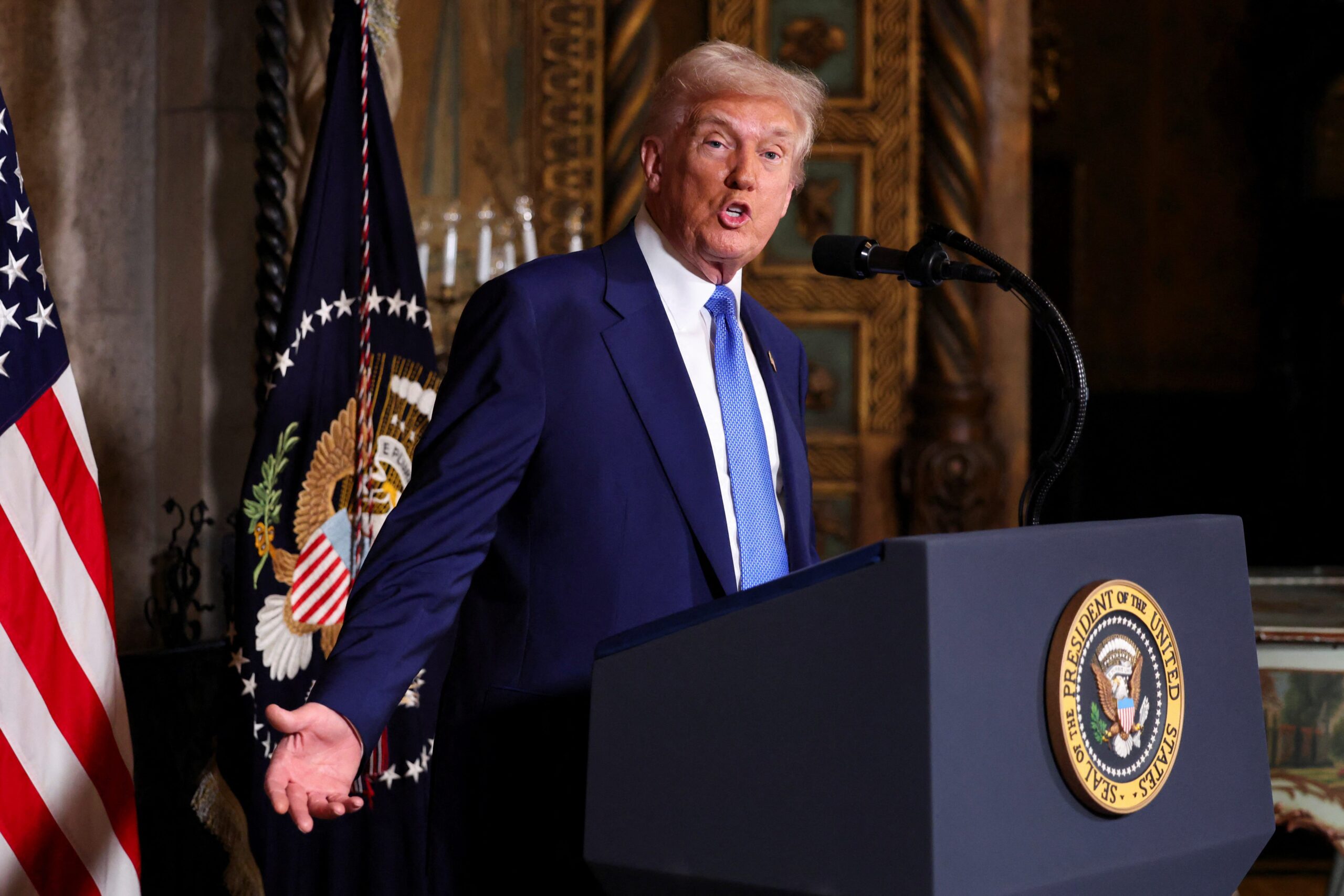
Executive Order Targets IVF and Fertility Treatment Costs
Trump Administration Aims to Expand Access and Lower Costs
Introduction
In a significant move, President Donald Trump has issued an executive order aimed at expanding access to and reducing the costs of in vitro fertilization (IVF) and other fertility treatments. This order signals a renewed focus on addressing the challenges faced by individuals and families struggling with infertility.
Key Provisions of the Executive Order
The executive order mandates domestic policy advisors to develop recommendations for lowering IVF costs for patients covered by health insurance and those paying out of pocket. However, it is important to note that the order does not have an immediate impact on the cost or availability of fertility treatments.
Prevalence of Infertility and IVF Usage
According to a 2024 survey conducted by KFF (Kaiser Family Foundation), approximately 13% of reproductive-age women have experienced infertility and require medical assistance. Of these women, 14% have undergone IVF, a procedure that involves combining eggs and sperm in a laboratory to create embryos.
Financial Barriers to IVF
Unfortunately, IVF is often not covered by insurance, leading to significant financial barriers for families seeking treatment. The average cost of a single IVF cycle ranges from $9,000 to $14,000, making it an unattainable option for many.
Trump’s Campaign Pledge
President Trump made expanding access to IVF a central campaign pledge, particularly after his Supreme Court nominations helped overturn Roe v. Wade. The issue of IVF became even more contentious following an Alabama Supreme Court ruling that embryos could be considered children.
Congressional Action
While the executive order sets the stage for policy recommendations, it is likely that legislative action will be necessary to bring about meaningful change. Senate Republicans have previously blocked federal protections for IVF, citing concerns about the high cost.
Response from Families
Families struggling with the high cost of infertility treatments have welcomed the announcement with enthusiasm. Courtney Deady, a patient advocate and community support director, believes it represents a "huge win" for the numerous families facing infertility issues.
Outlook for the Future
The full impact of the executive order is still unclear, and it will take time for domestic policy advisors to develop their recommendations. However, it is a positive step that indicates a recognition of the challenges faced by those seeking fertility treatment.
Additional Considerations
The issue of IVF and fertility treatment remains complex, with varying perspectives among political and ethical viewpoints. Some advocates argue that expanding access to IVF is crucial for families desiring to have children, while others express concerns about the potential destruction of unused embryos.
It is essential to engage in a respectful and informed discussion that balances these differing viewpoints to find solutions that support both individuals and societal values.
Ultimately, the goal of the executive order is to reduce the financial burden and expand access to fertility treatments, giving hope to families who are yearning to build their own.
